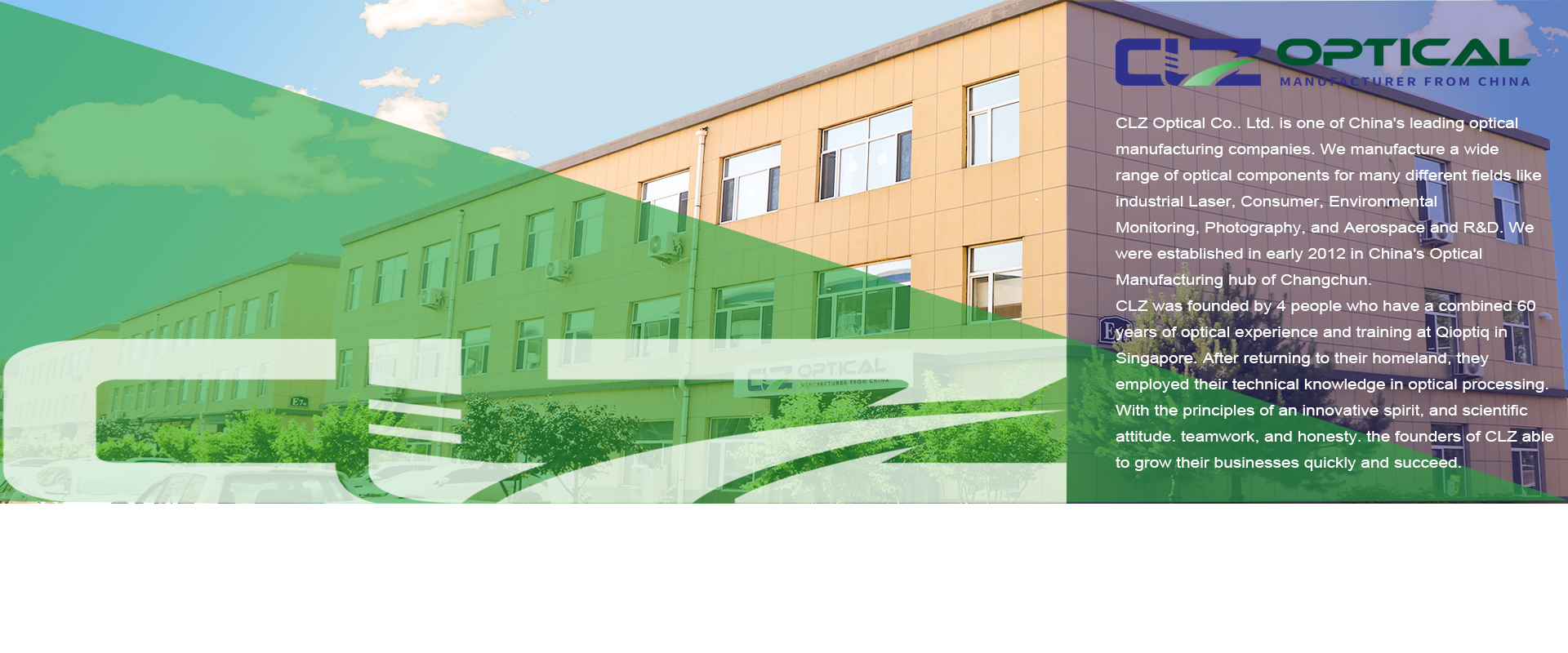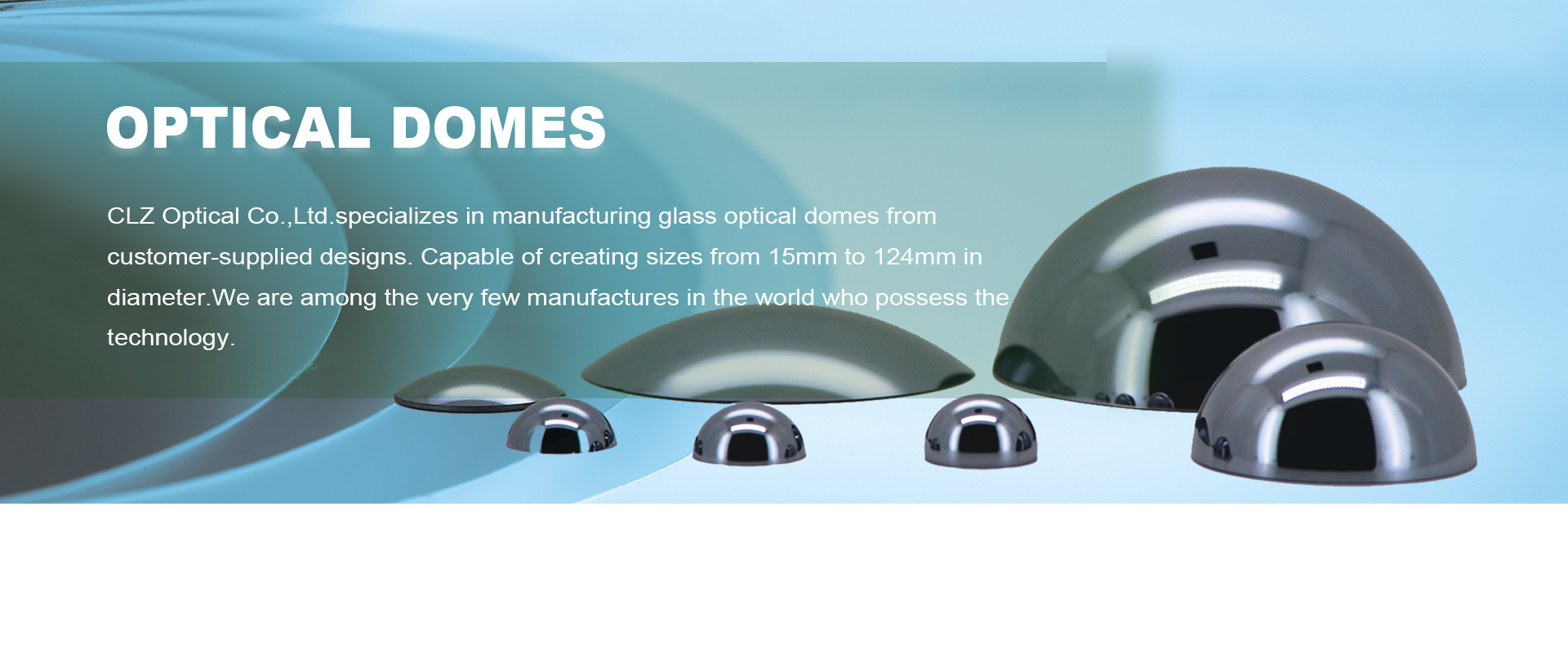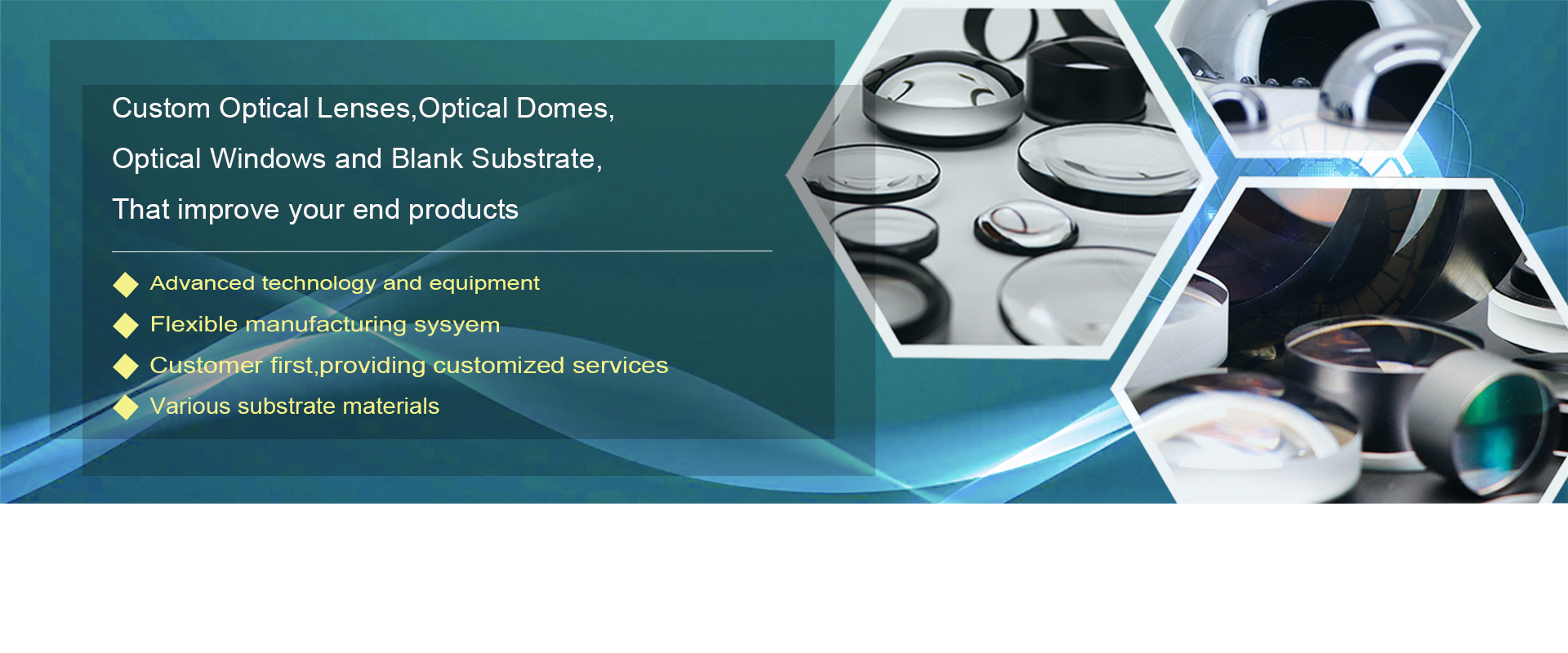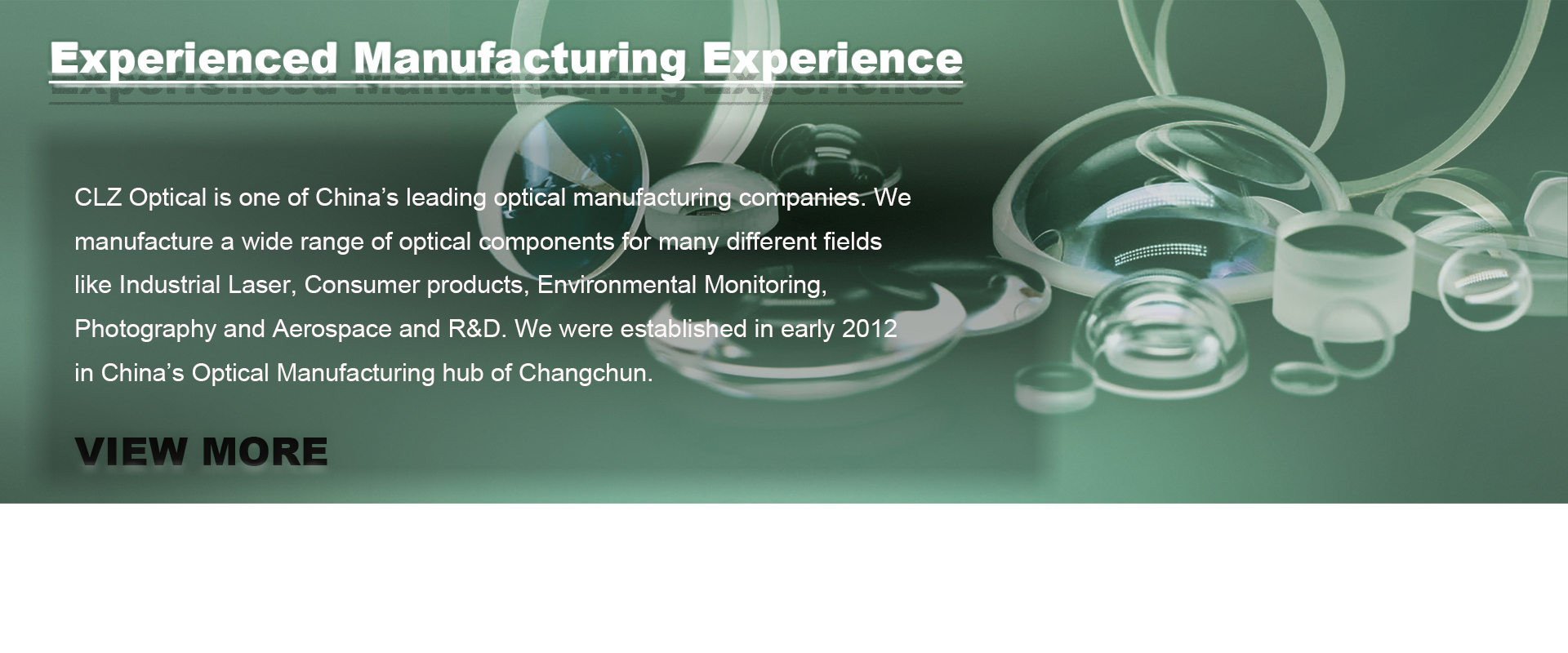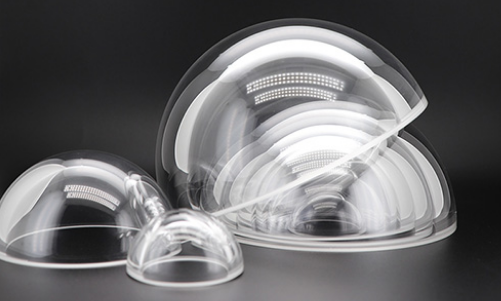UV Optics: Tighter Tolerances and Different Materials
Apr. 08, 2025
Manufacturing ultraviolet (UV) optics presents significant challenges due to the necessity for much tighter surface tolerances compared to visible and infrared (IR) optics. Precision lenses typically have a peak-to-valley (P-V) irregularity tolerance of λ/10, defined at a standard wavelength of 632.8 nm, equating to a physical accuracy of 63.28 nm. However, since this tolerance is wavelength-dependent, optics designed for shorter UV wavelengths require proportionally stricter tolerances to maintain consistent wavefront distortion levels.
For example, a lens operating at 308 nm needs an irregularity tolerance approximately twice as stringent as one used at 632.8 nm to achieve comparable performance. This principle extends to optical coatings, where layer thicknesses are often specified in fractions of the operational wavelength. In UV applications, the deposition process demands exceptionally precise monitoring because minor production fluctuations can lead to more significant errors than in visible or IR spectra. Therefore, meticulous control over both surface irregularities and coating processes is essential to ensure optimal performance of UV optical components.
Ultraviolet (UV) optics present unique challenges due to the short wavelengths involved, which are more susceptible to absorption and scattering compared to visible or infrared (IR) light. Even minor surface imperfections, such as scratches and pits, can significantly degrade system performance by increasing absorption and scattering, thereby reducing throughput. To mitigate these issues, UV optical components often require stricter surface quality specifications. While a surface quality of 40-20 is standard for precision lenses in the visible spectrum, UV applications may necessitate a higher standard of 10-5 to minimize scattering and maintain system efficiency
Scattering not only leads to energy loss but can also diminish the efficiency of optical systems and introduce false signals, particularly in applications involving imaging sensors or detectors. Additionally, materials used in UV optics exhibit greater dispersion than those used for visible or IR light, leading to significant aberrations in broadband UV applications. To address this, many UV optical systems employ reflective optics, which eliminate dispersion within the bulk material and help maintain image quality across a broad wavelength range.
Absorption and scattering in ultraviolet (UV) optical systems not only diminish throughput but can also lead to component degradation and failure. Excessive UV absorption may induce solarization, altering a substrate's chemical structure and reducing its transmission capabilities, potentially resulting in component failure. To prevent this, UV substrates must exhibit high transmission across the desired wavelength range and possess surfaces polished to near perfection.
Common UV-transmitting substrates include UV-grade Fused Silica, Calcium Fluoride (CaF₂), and Sapphire. UV-grade Fused Silica is widely used due to its affordability, availability, ease of fabrication, and transmission down to approximately 193 nm. It also offers a low coefficient of thermal expansion, making it suitable for various UV applications. Calcium Fluoride transmits wavelengths down to about 160 nm, has a low refractive index, and exhibits low birefringence, making it ideal for UV excimer laser applications. Sapphire is valued for its exceptional surface hardness, high thermal conductivity, and strong resistance to chemical acids and alkalis, making it suitable for harsh environments. High-quality Sapphire also resists UV-induced darkening and transmits wavelengths down to approximately 150 nm.
UV absorption can also degrade optical coatings, not just the bulk material. Therefore, specialized coating materials are necessary for both transmissive and reflective optics operating within the UV spectrum. Deep-UV (DUV) mirror coatings are particularly sensitive to minor thickness variations due to material limitations in the UV range, resulting in relatively narrowband reflectors. Precise control during the deposition process is crucial to ensure the performance and longevity of these coatings.
Multiphoton absorption is a nonlinear optical phenomenon where two or more photons are simultaneously absorbed to excite an electron from the valence band to the conduction band, even if individual photon energies are below the material's bandgap. This process becomes significant under high-intensity UV light due to the inverse relationship between photon energy and wavelength. As UV light has shorter wavelengths, it carries higher energy, increasing the likelihood of multiphoton absorption.
In UV optics, multiphoton absorption can lead to increased absorption and initiate a self-reinforcing cycle that ultimately damages the optical component. While single-photon absorption scales linearly with light intensity, multiphoton absorption depends on the square (or higher powers) of the intensity, making it dominant at high intensities. Materials with high refractive indices are particularly susceptible to multiphoton absorption because they often have smaller bandgap energies, facilitating electron excitation through this process.
To mitigate the risks associated with multiphoton absorption in UV optical systems, it's crucial to carefully select materials with appropriate bandgap energies and refractive indices, and to manage the intensity of UV light within the system. Understanding the interplay between material properties and light intensity can help in designing optical components that are more resistant to damage from multiphoton absorption.










